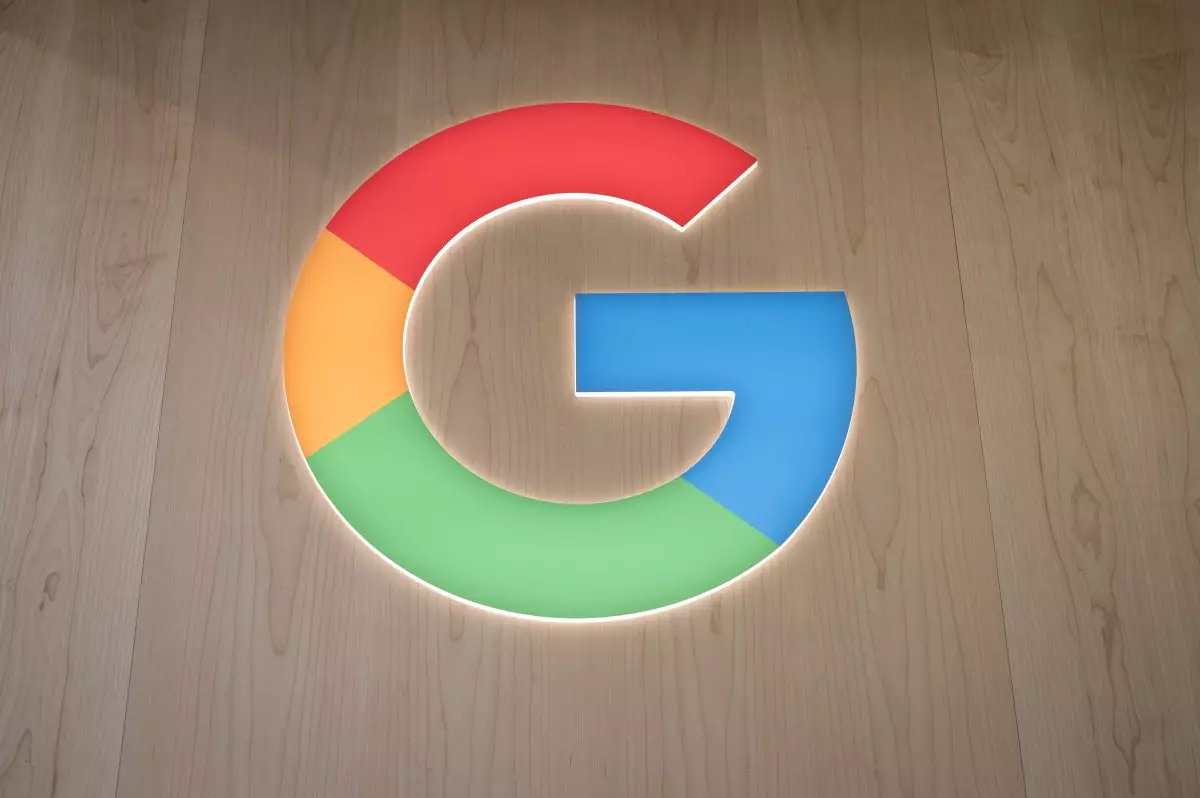In the ever-evolving landscape of artificial intelligence, the introduction of Google’s SynthID Text marks a pivotal moment in addressing the authenticity of AI-generated content. As generative AI technologies have proliferated, they have raised pressing concerns regarding misinformation and the ethical use of AI in content creation. SynthID Text, which allows developers and businesses to watermark text generated by AI systems, is not just a technical novelty; it represents a significant step toward safeguarding the integrity of digital information in our increasingly automated world.
The functionality of SynthID Text hinges on the concept of tokenization within AI language models. When posed with a prompt, such as “What’s your favorite fruit?”, generative models work by calculating what the next token—essentially a segment of text—is likely to be, one at a time. SynthID enhances this token generation process by subtly altering the likelihood of particular tokens being produced. This modulation effectively creates a watermark that distinguishes AI-generated text from other types of content.
As Google elaborates, the watermark exists in the form of unique probability score patterns derived from the model’s decision-making process. By comparing these patterns against the expected scores tied to both watermarked and non-watermarked text, SynthID Text establishes a method for identifying the source of the content. This innovative approach raises vital questions about how we discern the authorship of text in the context of widespread AI usage.
While Google asserts that SynthID Text does not compromise the quality, accuracy, or rapidity of text generation, it is crucial to acknowledge the inherent limitations of the technology. For instance, the effectiveness of the watermarking system diminishes with shorter text outputs or those that require significant rephrasing or translation. This presents a challenge for instances where factual accuracy is paramount, such as straightforward queries or quotations from literary works.
The implications of these limitations are noteworthy. In a world where brevity often reigns, particularly in digital communication, the risk of misidentification through AI detectors increases. Users may unwittingly produce text that falls prey to misleading flags as AI-generated—an outcome that could undermine confidence in human-generated content and skew perceptions of authorship.
Google’s initiative is not occurring in isolation. Other industry leaders, such as OpenAI, have long engaged in research surrounding watermarking techniques. However, OpenAI’s hesitance to deploy similar technologies speaks to the complexities involved in balancing technological innovation with commercial viability. Will the many competing watermarking systems converge into a singular standard, or will fragmentation define the future of AI content verification?
Emerging legal frameworks could significantly influence this landscape, potentially catalyzing the adoption of watermarking standards across different jurisdictions. China’s introduction of mandatory watermarking for AI-generated content and California’s legislative initiatives signal a growing recognition of the pressing need for clarity in digital authorship. As AI continues to generate an overwhelming proportion of content online, establishing such regulations appears increasingly vital for maintaining the credibility of information ecosystems.
SynthID Text is more than just a tool; it is emblematic of a broader movement toward heightened transparency and trust in the world of digital content. By enabling the identification of AI-generated text, Google not only contributes to the discourse on ethical AI practices but also empowers content creators, developers, and consumers to navigate the complexities of an AI-influenced world with greater certainty. As technology continues to advance, synthesizing creative and technical solutions will be essential for confronting the challenges and opportunities that lie ahead in the realm of artificial intelligence. Through collaborative efforts and regulatory guidance, the industry may pave the way for a future where authentic content is recognized and valued, irrespective of its origin.


Leave a Reply